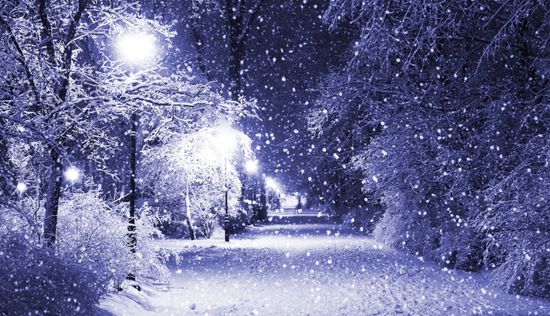
News 27. 12. 2012
The first ever color photographs of Ireland taken by two French women in 1913


Mespoulet and Mignon-Alba traveled throughout Connemara, an area which is today recognized as the Gaeltacht, or native Irish speaking region, and the Boyne Valley located in the North-east. They took photographs of everyday life showing women weaving and men building coracles, a type of small fishing boat. They also took photographs of historic sites such as Clonmacnoise and the round tower at Glendalough, which are still popular tourist destinations today.


Black and white photography had been around for decades, but color photography was cutting edge technology in the beginning of the twentieth century. The women, who were novice photographers, used this new technology developed by French inventors called autochrome color plates. Autochrome technology uses a glass plate coated with potato starch dyed red-orange, green, and blue-violet. The red of Galway girl Main Ni Tuathail’s traditional cloak is particularly striking in a couple photographs from Connemara.


Dr. Gilles Baud-Berthier, Director of the Musee Albert Kahn said on the museum’s website about the photographs, “There were not works of reportage or ethnography, nor an attempt to produce works of art. The aim was simply to record human beings in all their diversity, living humble lives worthy of respect. And from this respect would, Kahn hoped, arise the universal peace to which he aspired.”
PHOTOS – The first ever color photographs of Ireland taken in 1913 – a slideshow


Several of Mespoulet and Mignon-Alba’s photographs depict thatched roofed homes in Claddagh, Galway. The houses were a typical home of Irish peasantry in the eighteenth and nineteenth centuries. Claddagh comes from the Irish “cladch” which means shore. Claddagh was a fishing community and its residents lived separately from Galway City. Claddagh residents retained their Gaelic customs, dress, and language in the 1930s, when most of the Irish island had modernized.
Much of Ireland had lost the Irish language after the Great Hunger in the middle of the nineteenth century. The houses shown in the photographs were sadly razed in 1935 and a council housing scheme replaced them. Mespoulet and Mignon-Alba’s photographs helped capture an old Gaelic culture that was slowly disappearing.
The women’s photographs show the peaceful rural towns of the island on the eve of the first World War. They did not visit Dublin or Belfast. Both cities had been more industrialized than the rest of the island by the beginning of the twentieth century. Belfast had a flourishing shipyard industry that had built the Titanic a year before Mespoulet and Mignon-Alba’s visit. James Joyce’s collection of short stories, Dubliners, depicting a variety of characters in the hussle and bussle of Ireland’s capital, was published the year after their visit. Had they visited these eastern cities, they would have seen a very different side of Ireland.


Many of Albert Kahn’s photographs, including photographs of Ireland, are printed in The Wonderful World of Albert Kahn: Color Photographs from a Lost Age by David Okuefuna. Kahn’s color photographs are currently housed in the Musee Albert-Kahn just outside of Paris.
MICHELLE K SMITH,
IrishCentral Staff Writer
Václav Bernard



